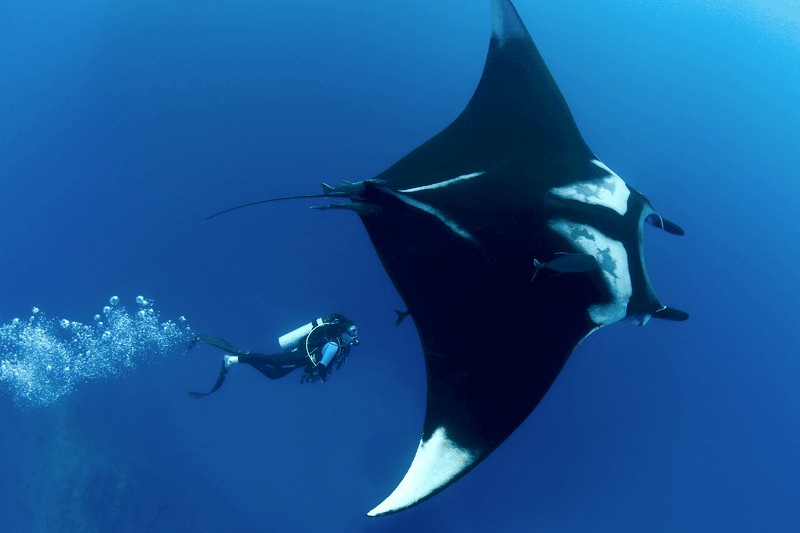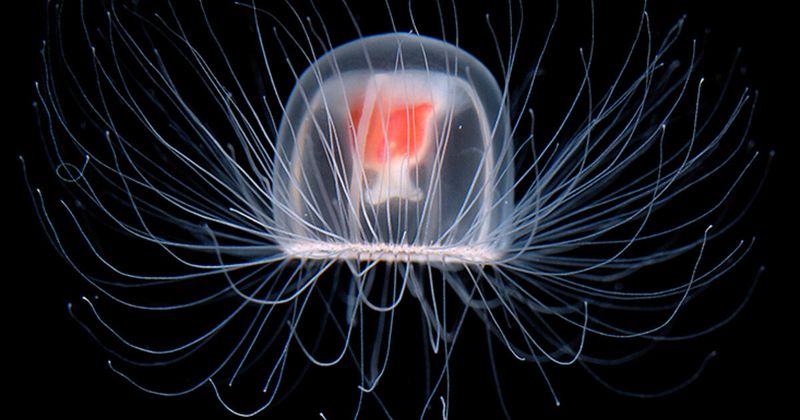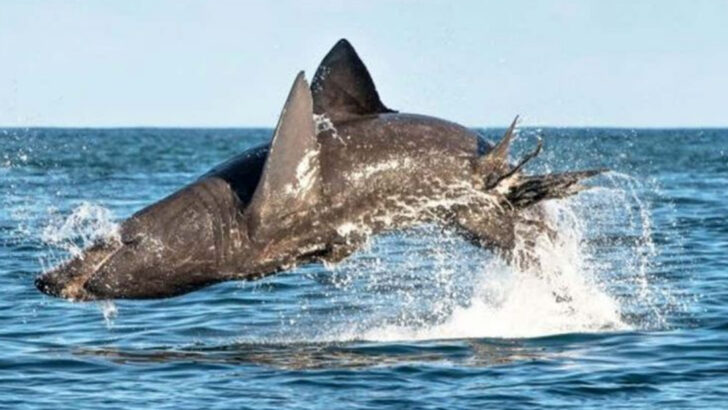The ocean has secrets—massive ones.
Some sea creatures are so big, so bizarre, they’ve left scientists speechless. Not confused. Not curious. Speechless.
We’re talking about giants no one expected to find. One showed up where it absolutely shouldn’t be. Another broke records just by surfacing. And then there’s the oddball that seems to ignore every known rule of biology—like it skipped science class completely.
These aren’t just big fish stories. They’re real. They’re weird. And they’re changing everything we thought we knew about life underwater. Ready to meet the monsters?
Colossal Squid

The colossal squid, with its massive tentacles and hauntingly large eyes, is a creature of the deep sea’s eerie silence. Found primarily in the dark waters surrounding Antarctica, this enigmatic giant has intrigued scientists for years.
Its eyes, the largest in the animal kingdom, allow it to navigate the murky depths. Despite its formidable appearance, much about the colossal squid remains a mystery, as few specimens have been studied, leaving researchers eager for more discoveries.
Did you know? The colossal squid’s beak is stronger than a parrot’s, enabling it to devour large prey.
Giant Oceanic Manta Ray

With a wingspan that can exceed 23 feet, the giant oceanic manta ray is a breathtaking sight to behold. These gentle giants soar through the ocean with an elegance that belies their size. Often found in warm, tropical waters, they seem to fly through the sea.
Their curious nature leads them to interact with divers, making them a favorite among marine enthusiasts. Surprisingly, despite their size, they feed primarily on plankton.
Fun fact: Manta rays can recognize themselves in mirrors, a rare trait in the animal world, showcasing their impressive intelligence.
Basking Shark

Gliding just below the ocean’s surface, the basking shark is a gentle giant often mistaken for a more fearsome predator. With its mouth agape, it elegantly sifts through water for plankton, its primary diet.
These sharks can grow up to 40 feet long, yet their serene presence is a testament to the ocean’s diversity. Their preferred habitats include temperate coastal waters, where they’re often spotted during warmer months.
Interestingly, the basking shark is the second-largest shark species, surpassed only by the whale shark in size.
Giant Isopod

Resembling a creature from a science fiction film, the giant isopod prowls the ocean floor. This armored, crustacean is a deep-sea dweller found in the Atlantic and Pacific Oceans.
With a segmented shell and numerous legs, it scavenges for food, playing a crucial role in the marine ecosystem. Despite its formidable exterior, the giant isopod is not aggressive, preferring to feed on detritus.
Did you know? The giant isopod can survive for weeks without food, an adaptation to the scarce resources of the deep sea.
The Immortal Jellyfish

Defying the natural order, the immortal jellyfish has scientists in awe with its unique ability to revert to a juvenile state after reaching maturity. This remarkable transformation allows it to potentially bypass death, making it a biological marvel.
Found in oceans worldwide, this tiny, translucent jellyfish continues to puzzle researchers. Its life cycle challenges our understanding of aging and longevity.
Incredible fact: The immortal jellyfish is the only known creature capable of reverting its cells to a younger state, drawing interest from biologists globally.

